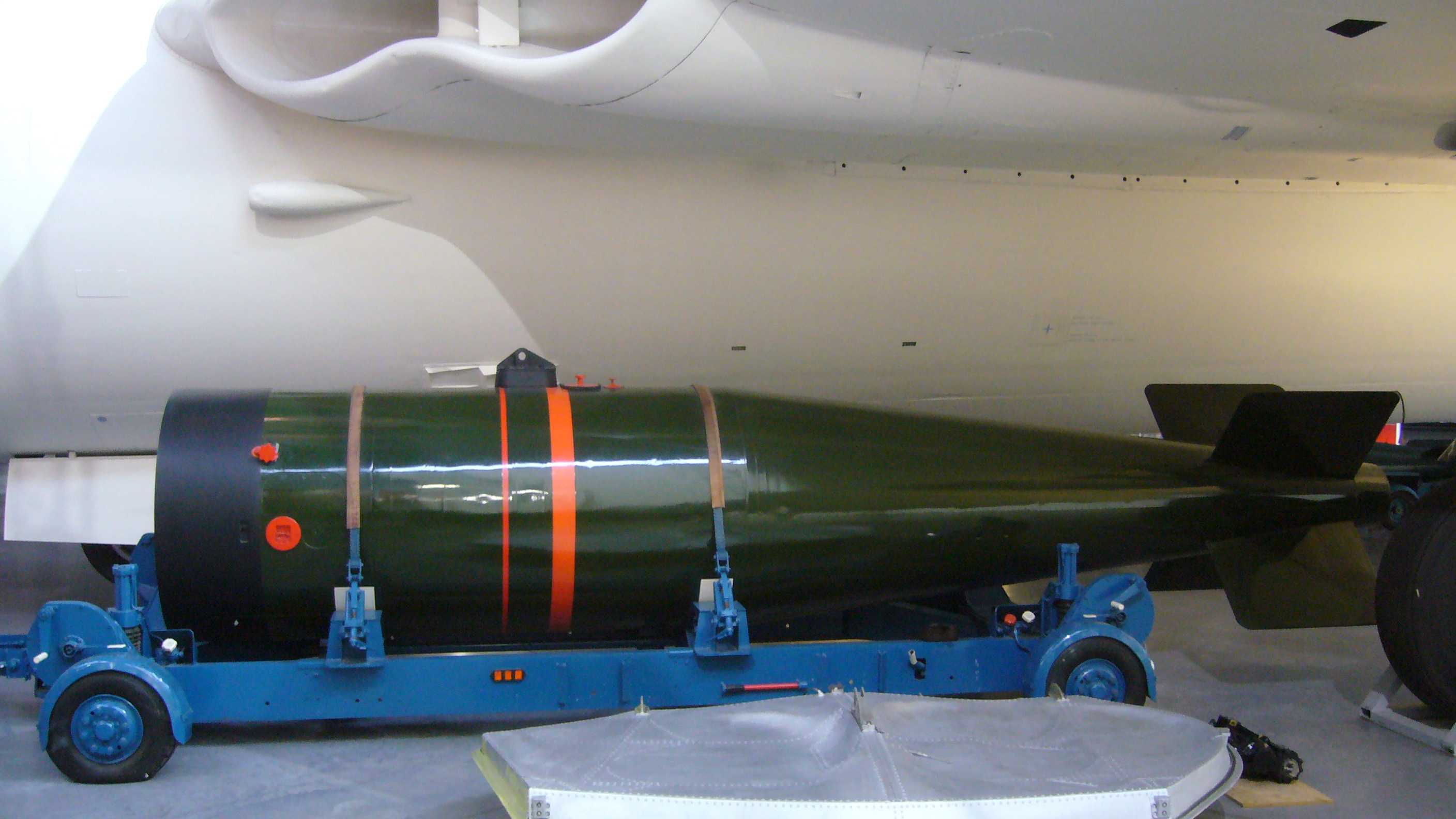A great deal has been written on Britain’s strategic nuclear forces, but very little on its tactical nuclear weapons programmes. There is a wealth of detail now available in The National Archives at Kew that enables the historian to assemble a detailed account of these programmes covering the origin, development, acquisition, deployment and maintenance of operational capabilities of Britain’s tactical nuclear weapons programme. This history confines itself to the period covered by releases of papers to The National Archives – roughly the mid-1980s. The purpose here is to chart the main features in the history of one of the United Kingdom’s air delivered nuclear weapons, the WE 177 from its conception to entry into service with the RAF and Royal Navy, as a contribution to wider transparency and confidence building on nuclear weapons related matters. Much of the detail is of the sort that could be required as the world moves towards nuclear disarmament. This history offers a chronological account of the WE 177 from 1959 through to the decision to provide a third variant of the design for the RAF in the 1970s, and then onto the late 1970s when the final weapon emerged from the Royal Ordnance Factory at Burghfield and issues of refurbishment, life extension and eventual replacement started to arise.
The history draws five key conclusions. First, WE 177 development and acquisition faced a protracted process, caused primarily by disputed requirements coupled with financial and political pressures. Second, there was a clear linkage between the design of the aircraft initially planned to carry the new weapon and the weapon itself, which had impacts on the design of both. Third, the changes enforced by the cancellation of Skybolt in 1962 meant that the RAF ended up with a high yield weapon first rather than one was suitable for the priority hardened NATO and UK targets in Eastern Europe. Fourth, financial pressures were acute throughout the 1960s ensuring that the path to an operational capability is never as smooth as the services would like. Fifth, the surveillance and refurbishment programme was complex and required careful planning, extensive industrial and engineering support networks, and a trials programme to sustain the WE 177 in service. This is a key feature of a nuclear weapons programme and has a significant footprint, which has potential implications for the verification measures needed for a meaningful and effective nuclear disarmament treaty at some future point.


